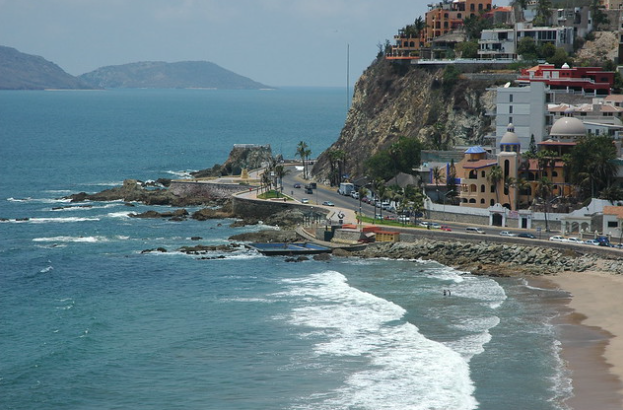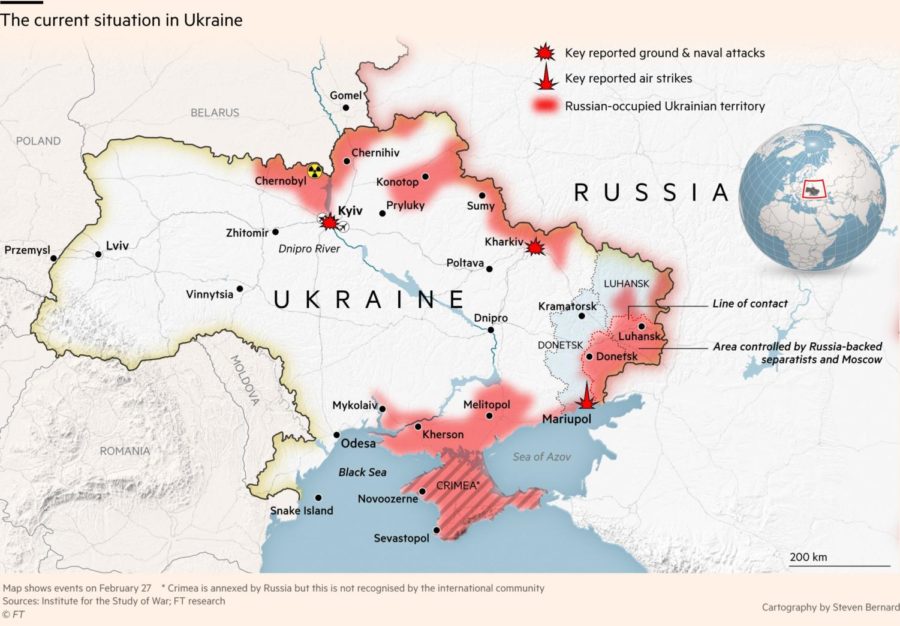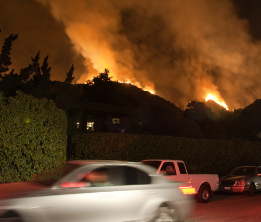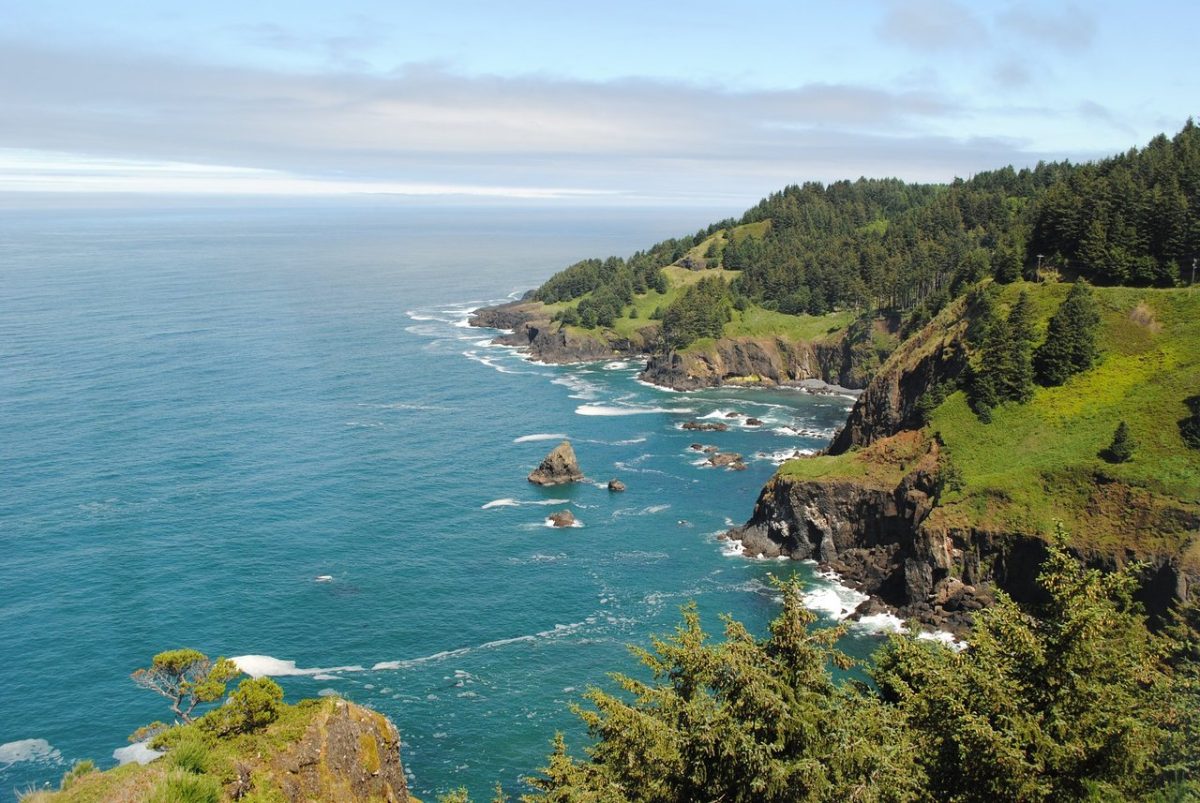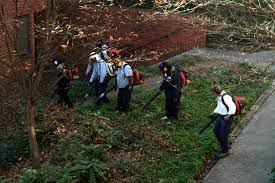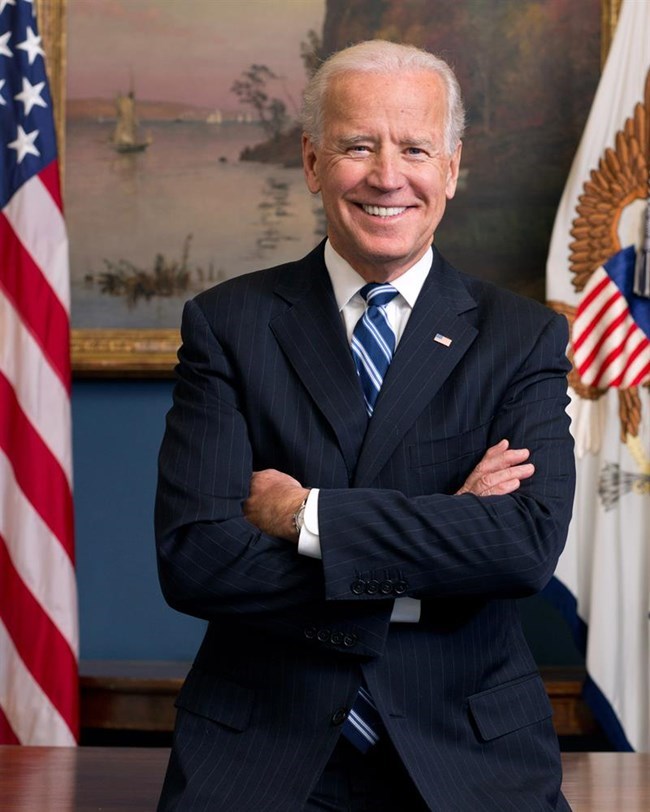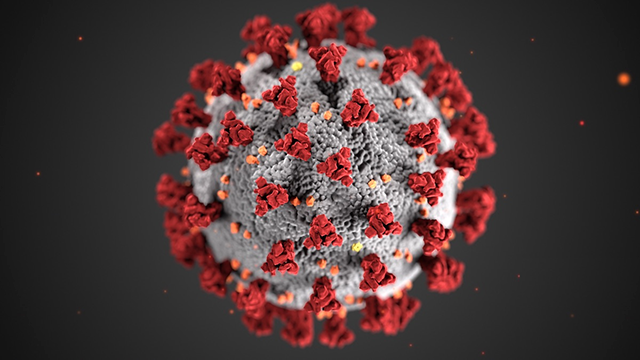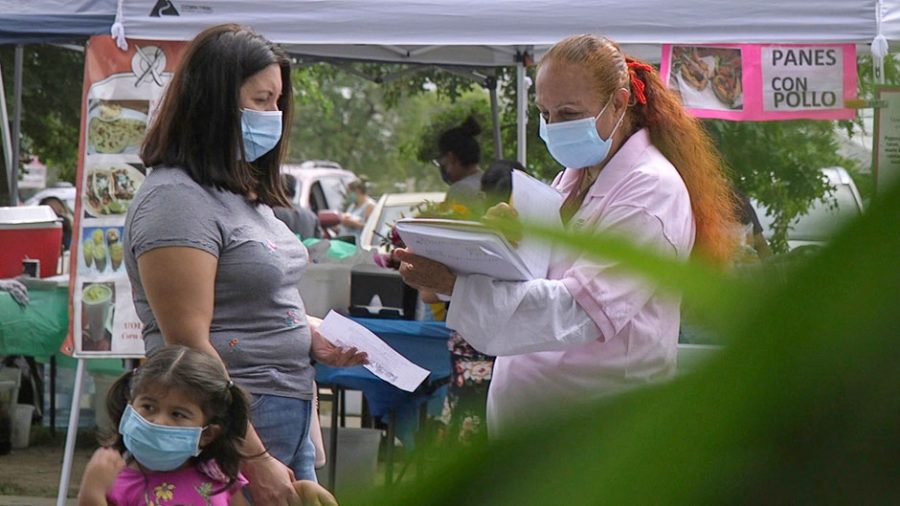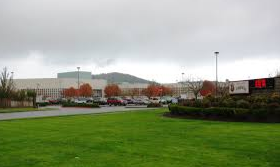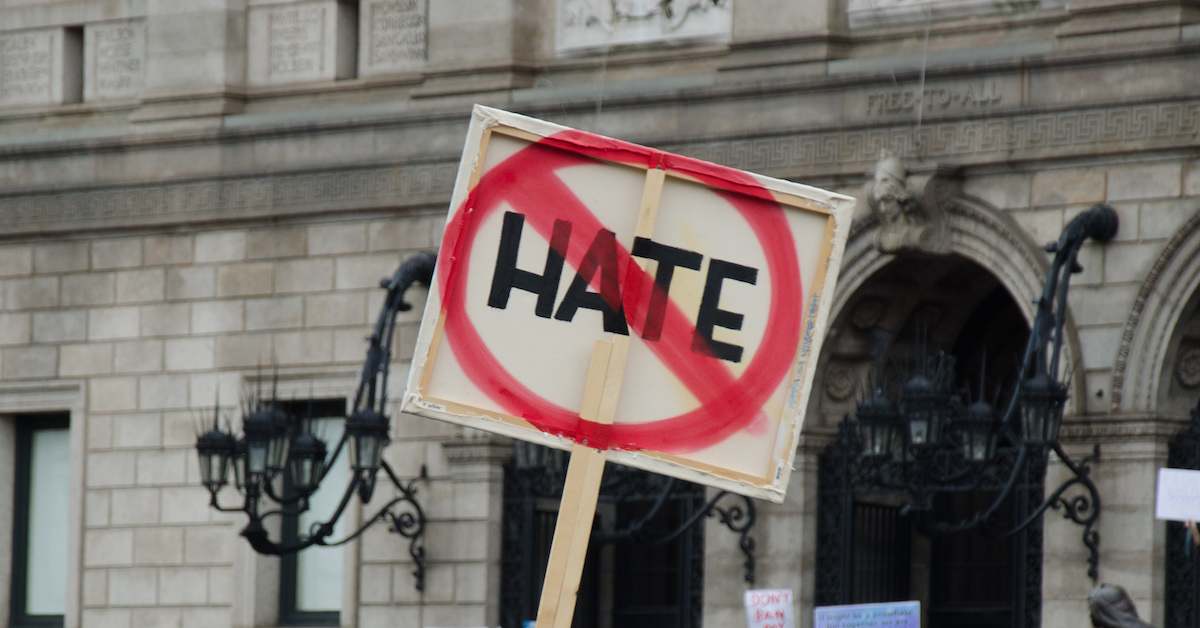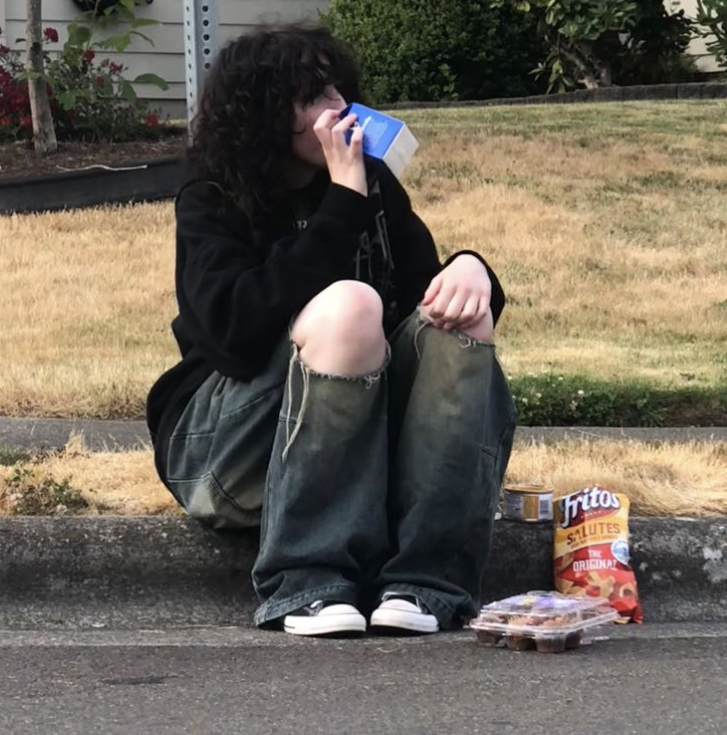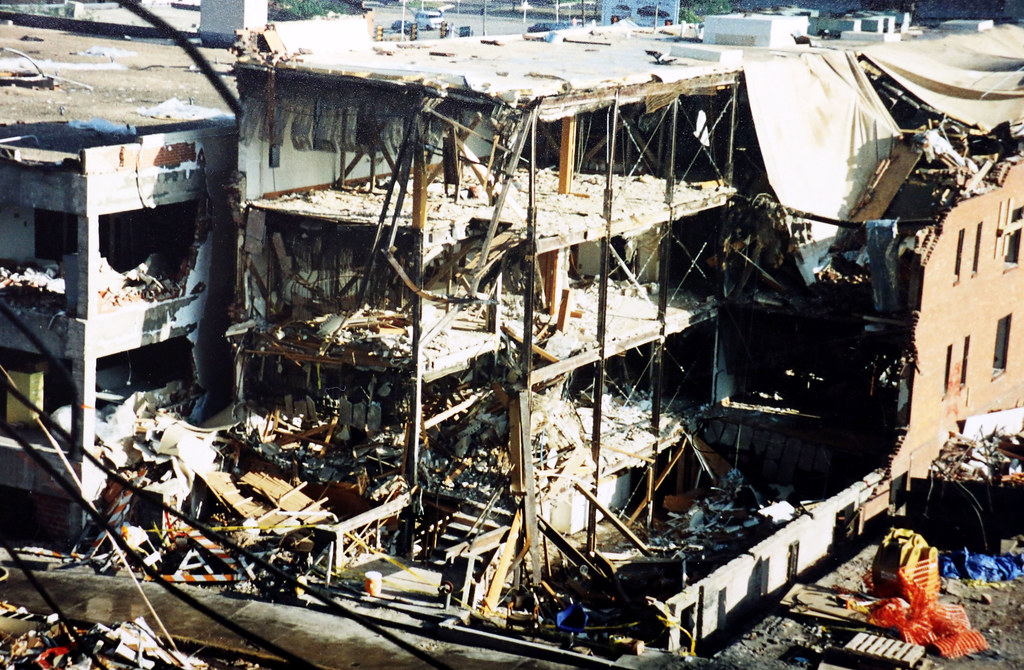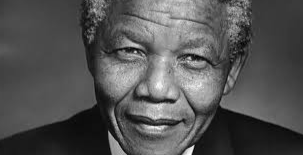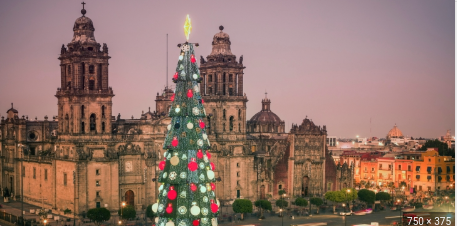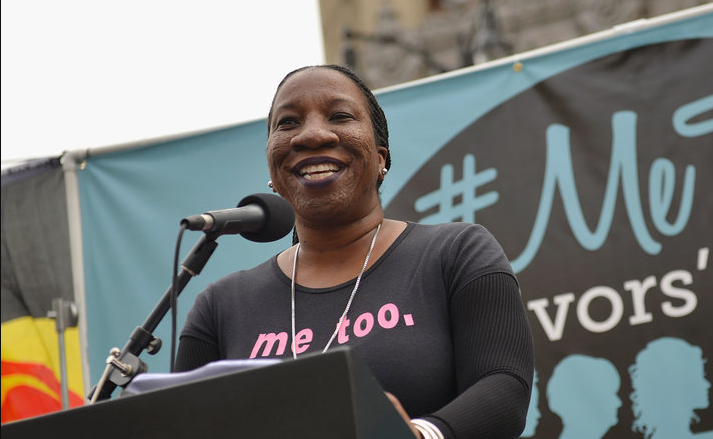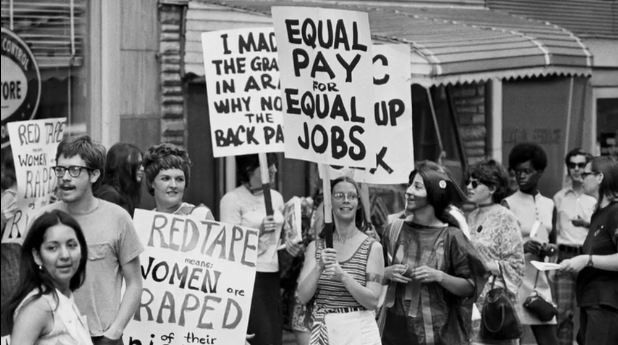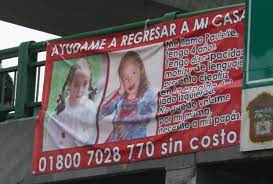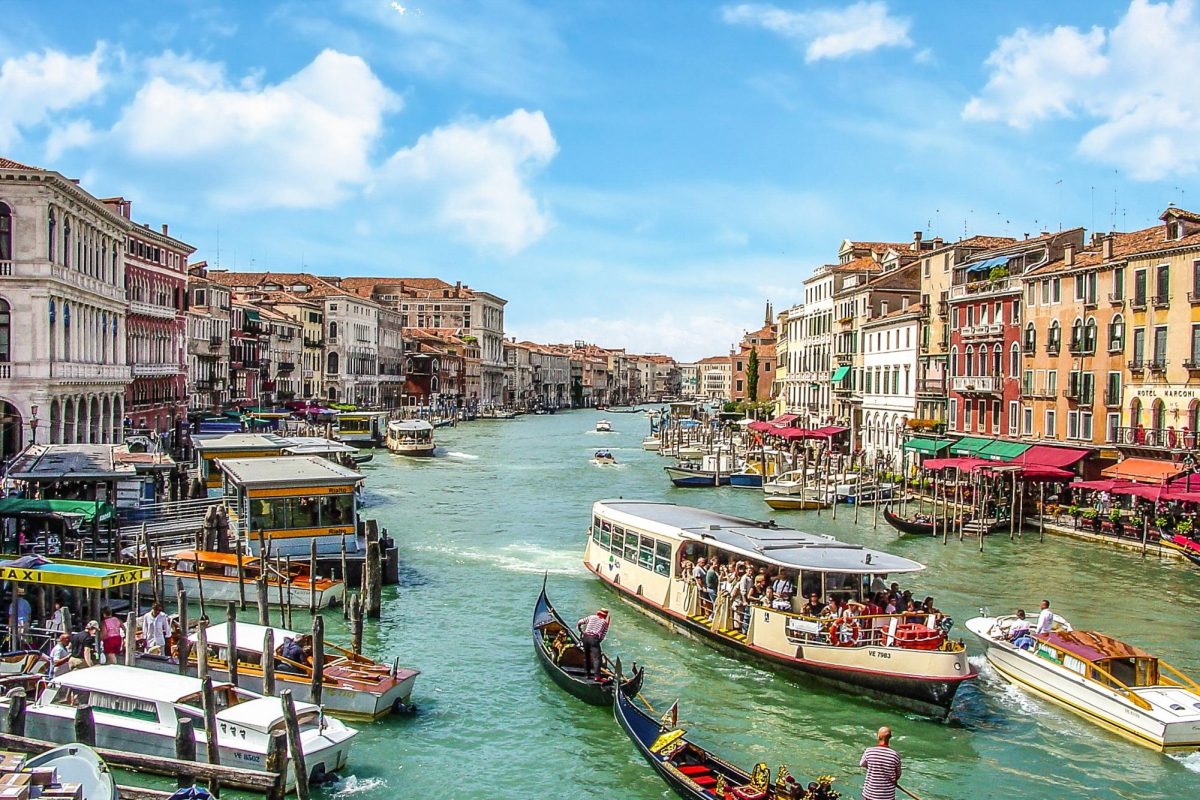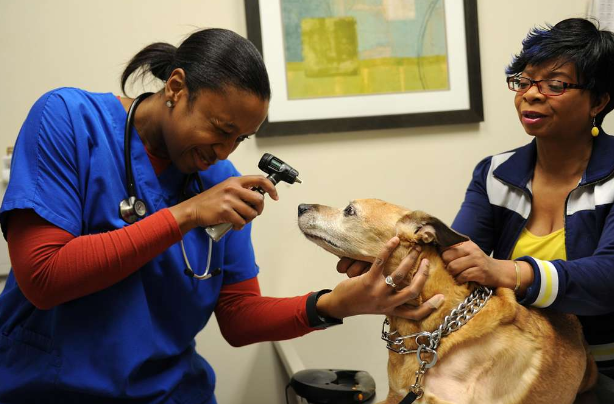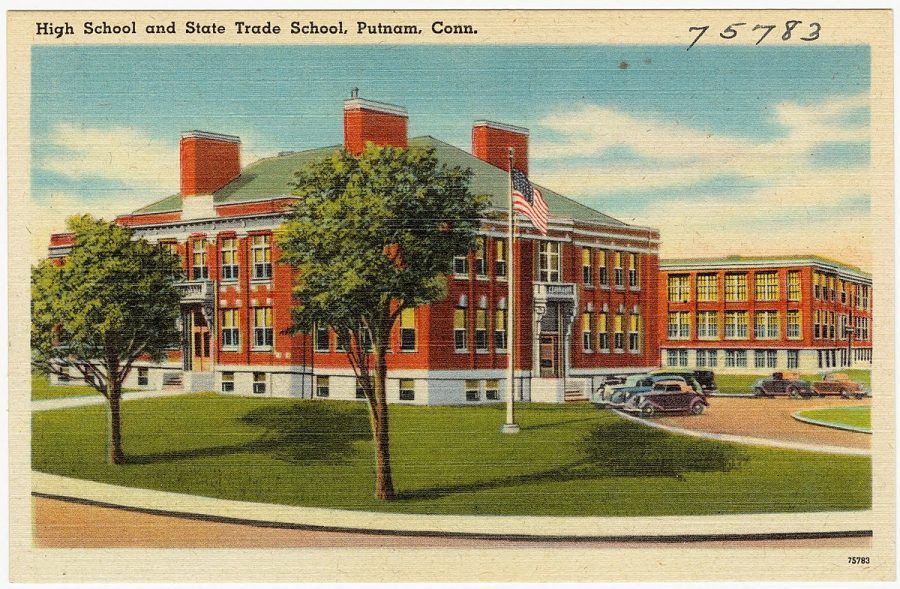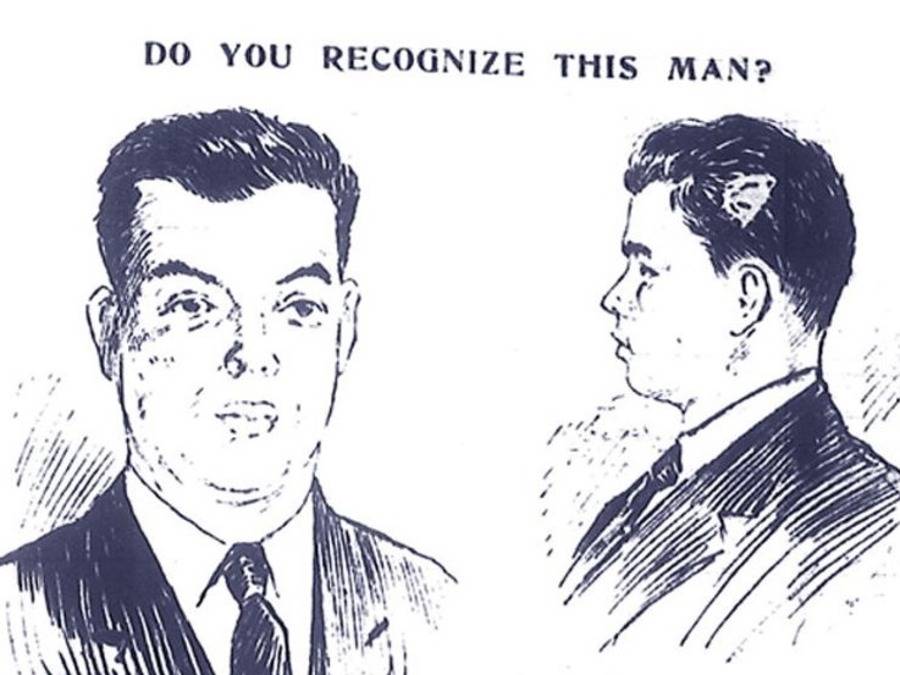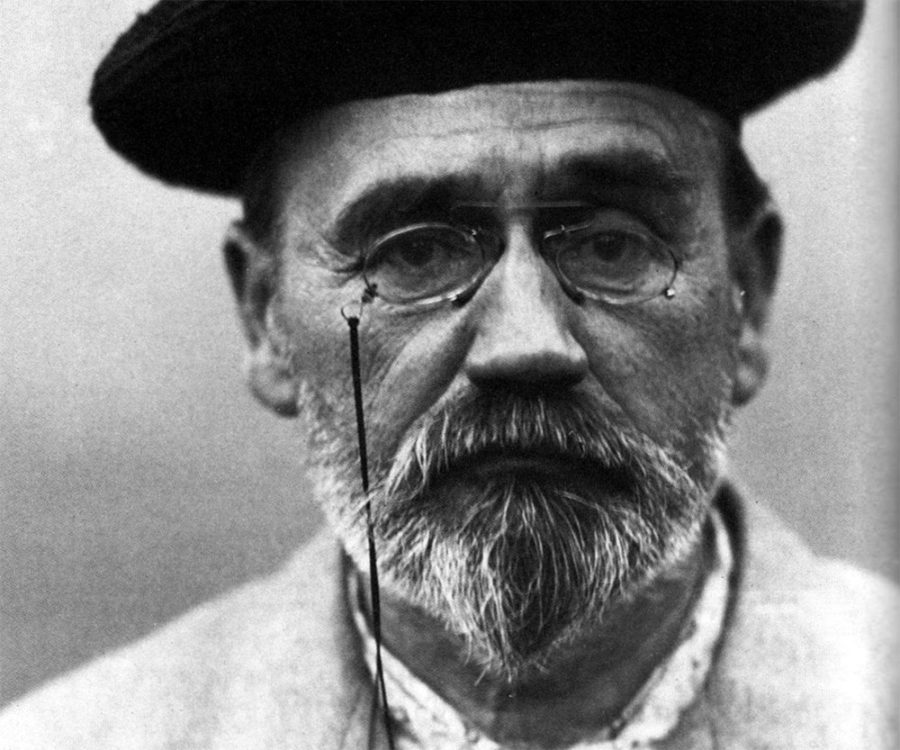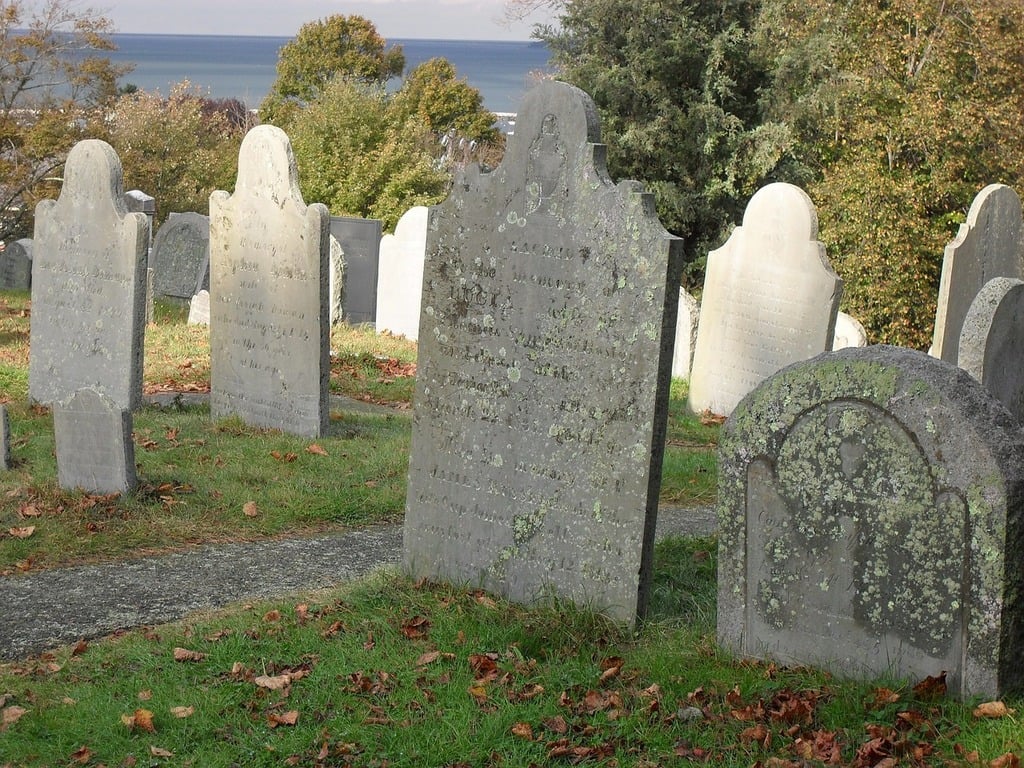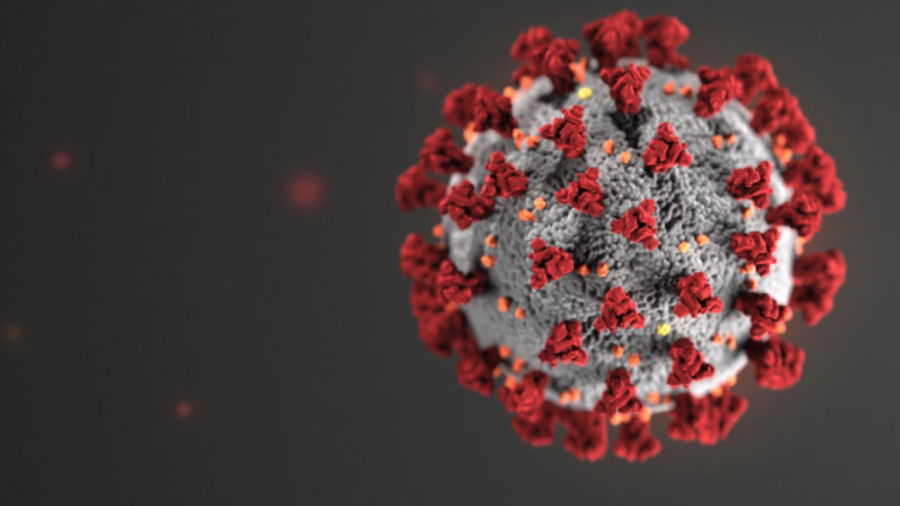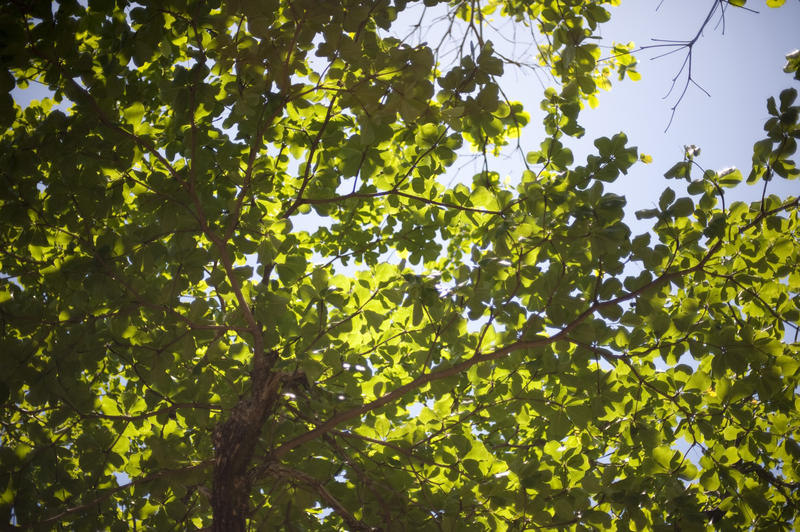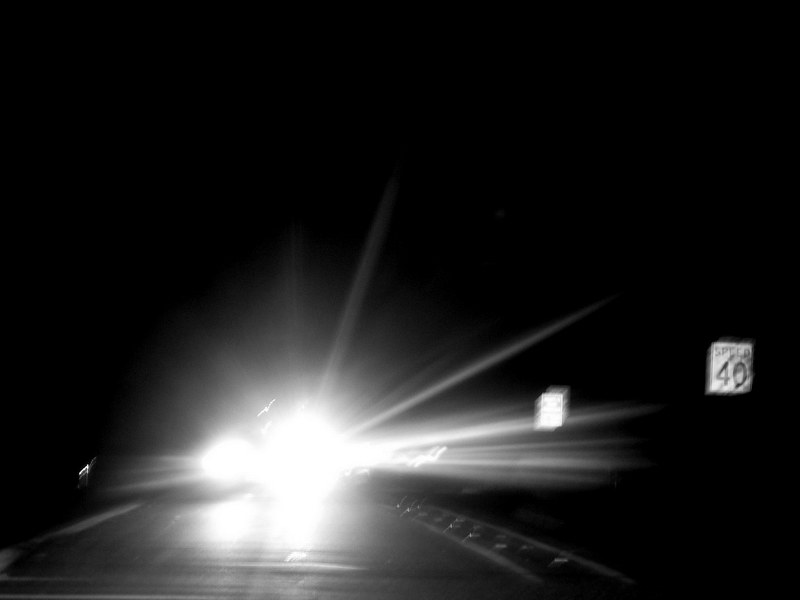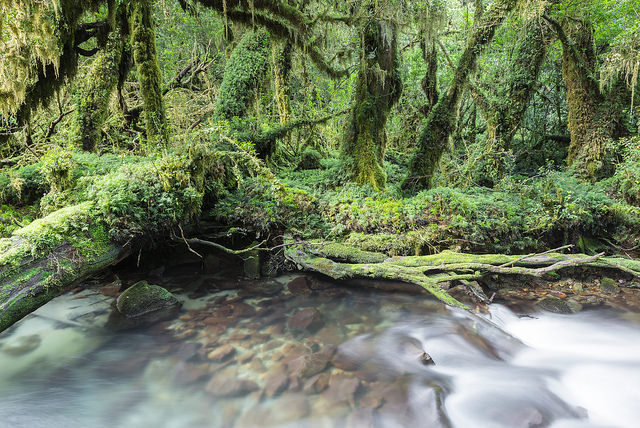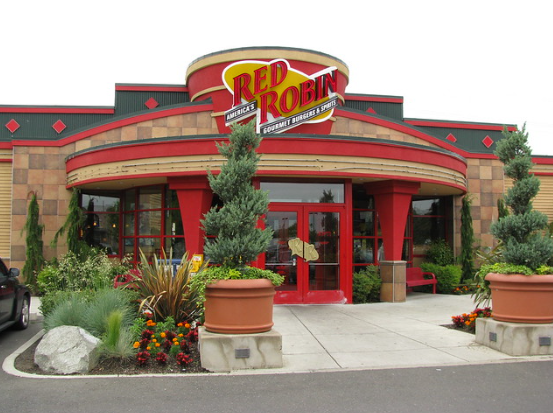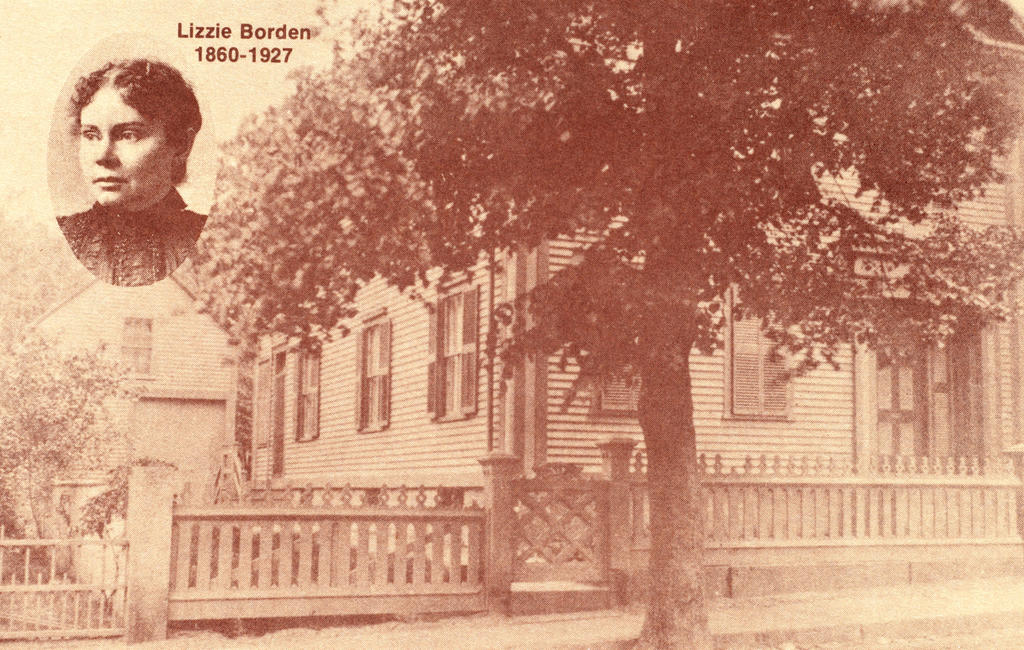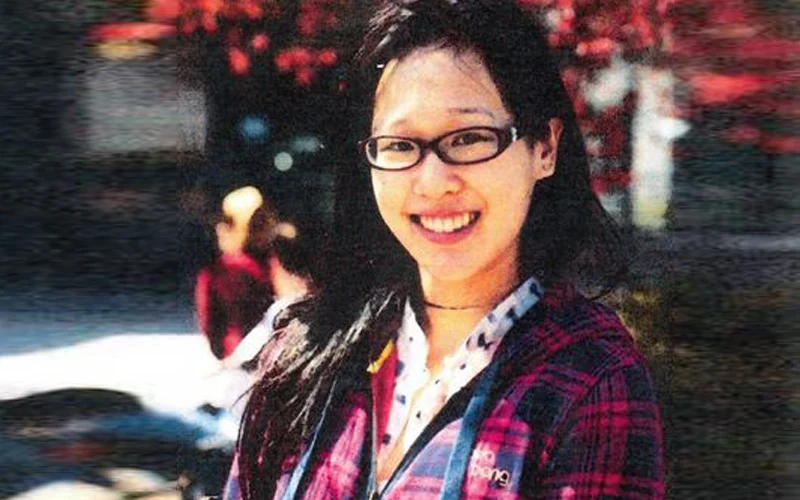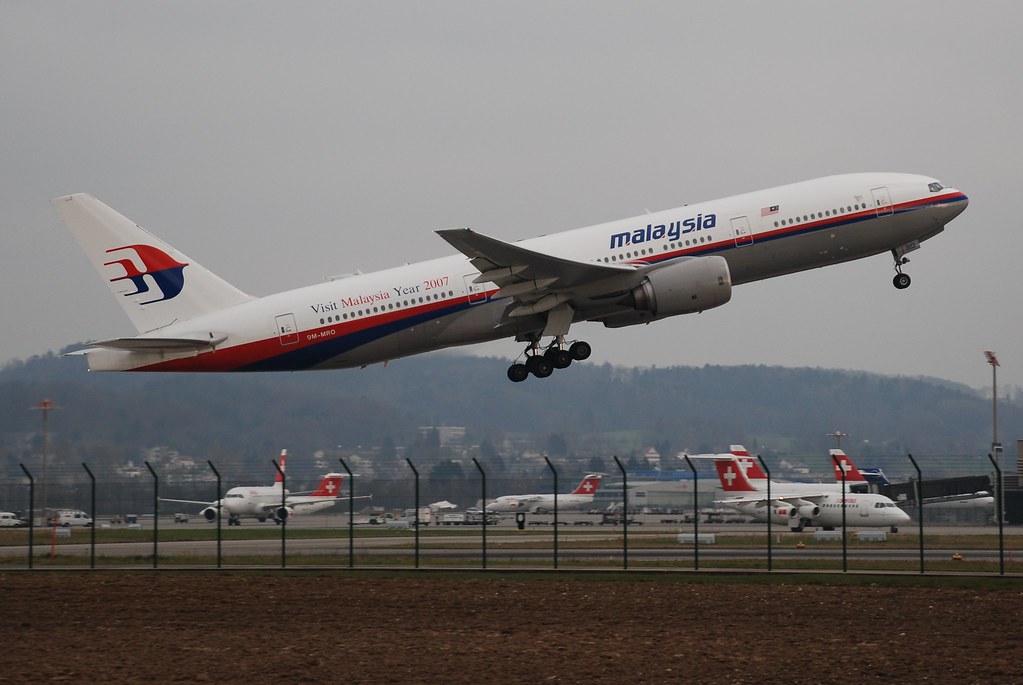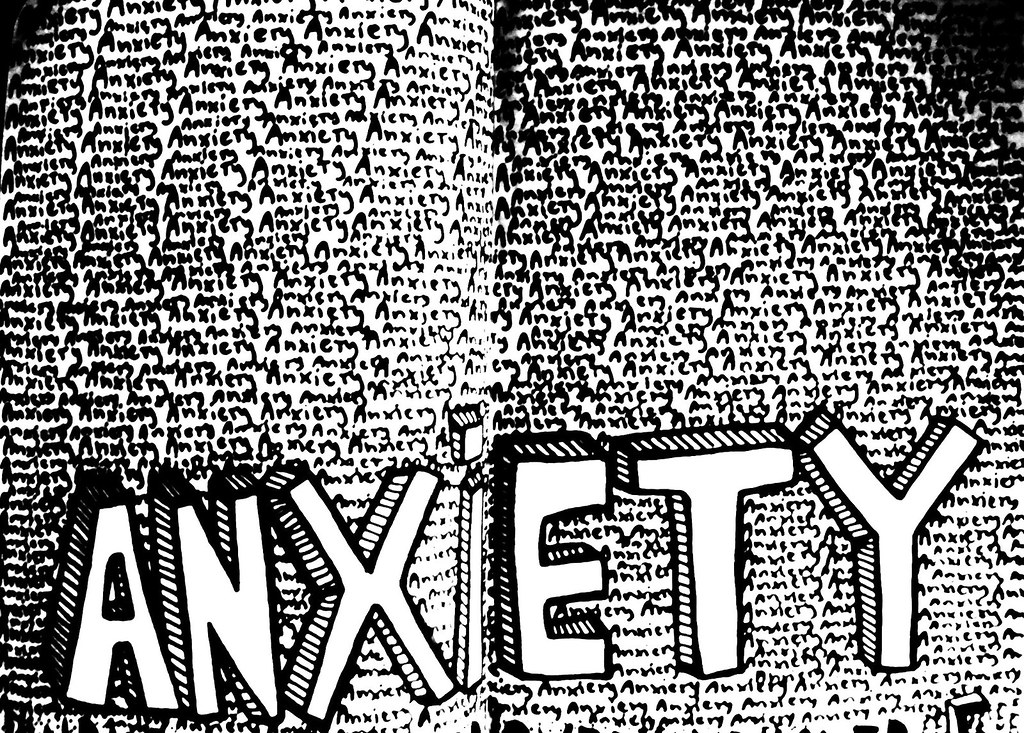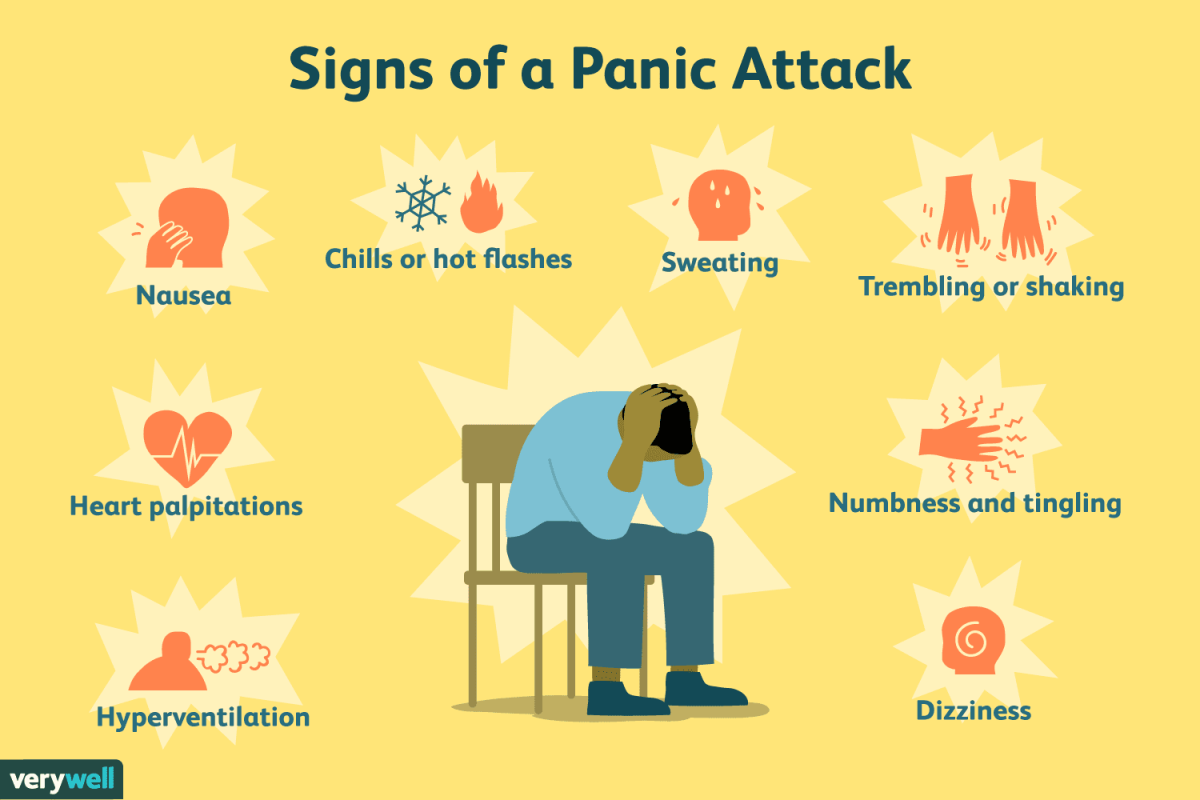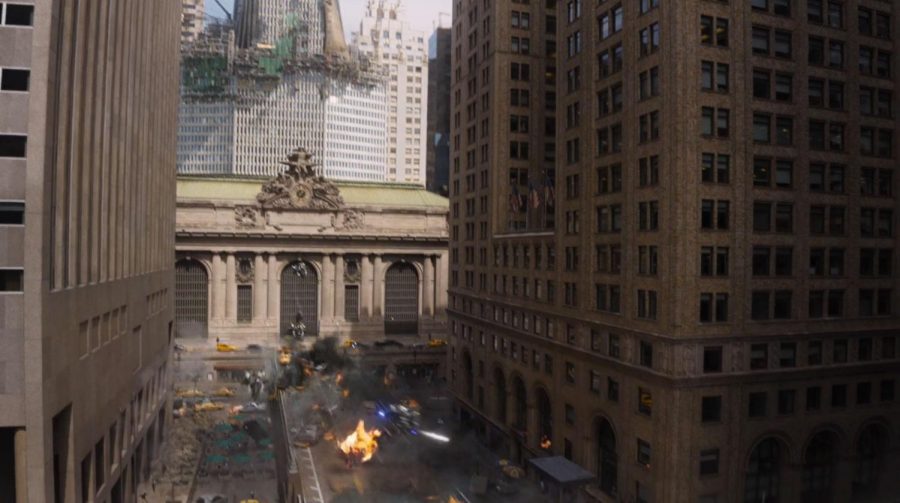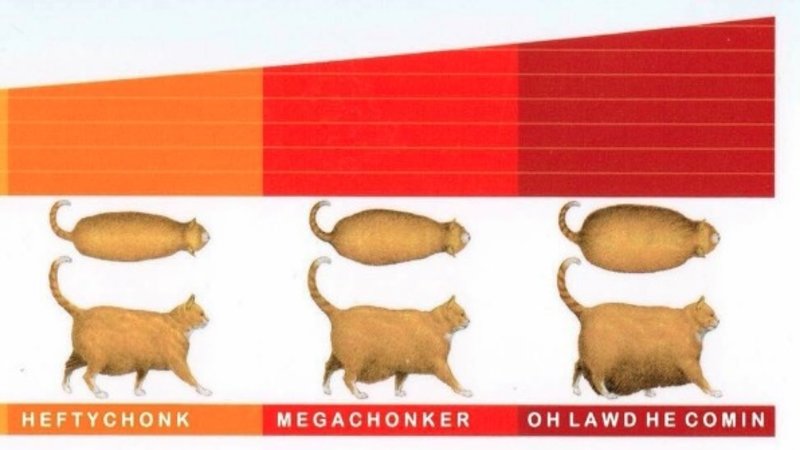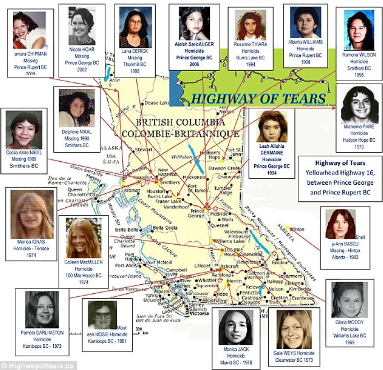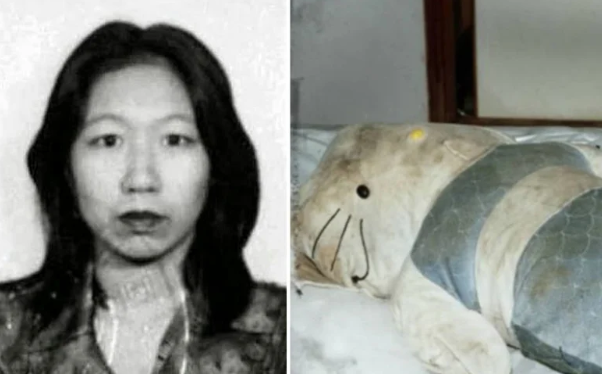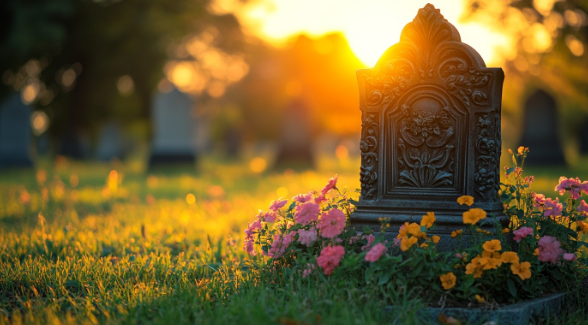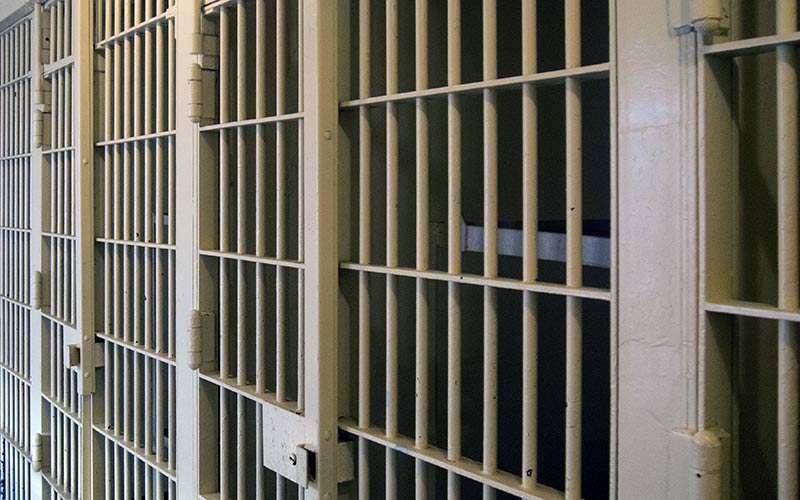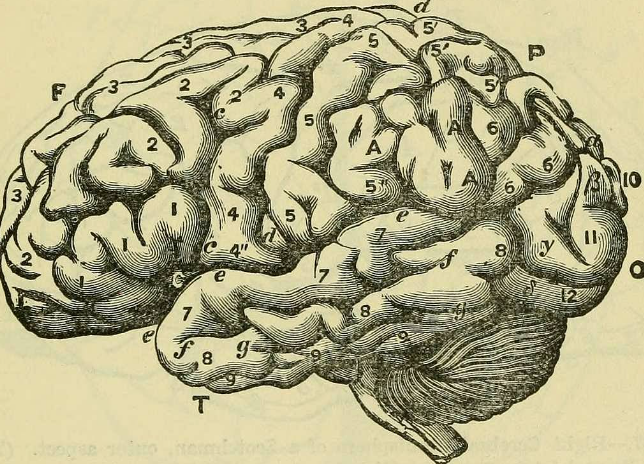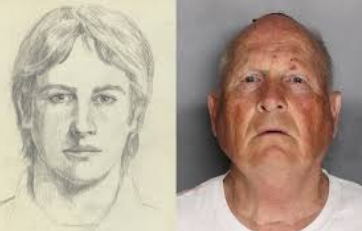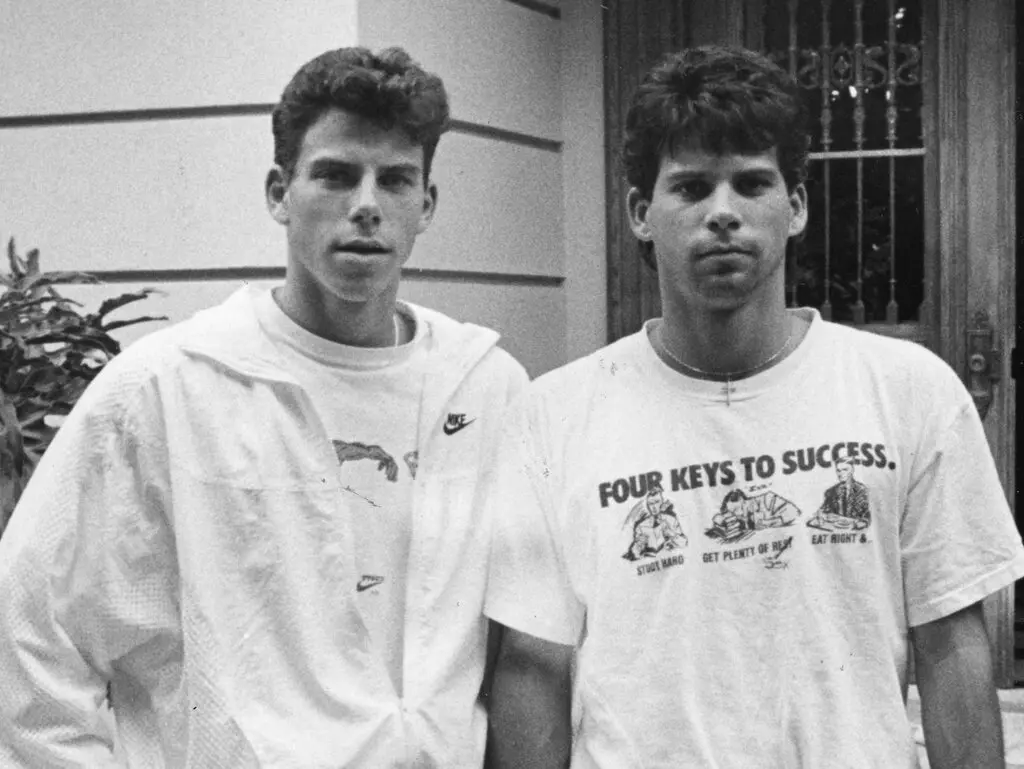The Highway of Tears is a 719-kilometer Highway that’s called Highway 16 between Prince George and Prince Rupert in British Columbia, Canada. In 1970, when the building was completed, it became a location where many women who passed through there have gone missing mysteriously. The reason why the highway was named “The Highway of Tears” is that in 1998, in Terrace, British Columbia, the organizer, Florence Naziel, was thinking of the victims’ families crying over their loved ones. Investigators have noticed that in the list of victims, many women who have gone missing are Indigenous women. There is a large number of more than 80 women who have gone missing on the Highway of Tears.
Some of the victims that went missing on the Highway are: Tracey Clifton, Helen Claire Frost, Jean Virginia “Ginny” Sampare, Monica Ignas, Coreen Thomas, Mary Jane Hill, Jean Mary Kovacs, Roswitha Fuchsbiclher, Nina Marie Joseph, Jack Family, Alberta Gail Williams, Cecilia Anne Nikal, Donna Mae Charlie and so many more victims on the list. Some of the victims’ bodies were never found, while some of them were found dead due to homicide. Investigators haven’t found an answer to this case, but they have been researching to see if they could find any helpful clues.
However, when the investigators from the RCMP, which stands for Royal Canadian Mounted Police, tried to look at the Highway of Tears linked cases back then, it included three male victims: Larry Vu, Eric Charles Coss, and Phillip Innes Fraser. They have also found several people sentenced in cases related to the Highway of Tears. Out of those numerous people, 3 serial killers were charged and they were Brian Peter Arp, Edward Dennis Issac, and Cody Legebokoff.
The first serial killer who was a suspect in the case was 59-year-old Brian Peter Arp. The reason behind it was that in March 1989, Brian murdered 18-year-old Marie Blanchard and 38-year-old Theresa Umphrey, which occurred near the Highway. In March 1995, he was found guilty and was convicted of 13 institutional charges and 15 incidents, although none of the crimes included violence. After that, he was sentenced to at least 25 years in prison.
The second serial killer was 65-year-old Edward Dennis Issac, who murdered one woman and two teenage girls between 1981 and 1982 near the Highway. The victims were 36-year-old Jean Mary Kovacs, 13-year-old Roswhitha Fuchsbichler, and 15-year-old Nina Marie Joseph. Later on, Edward was sentenced to three life terms with the possibility of parole after 15 years. Edward was imprisoned at the Kent Maximum Security.
Lastly, the third serial killer, who was another suspect for this case, was 35-year-old Cody Legebokoff, who murdered three women and one teenage girl between 2009 and 2010 near the area where the Highway was located. The victims were 35-year-old Jill Stacey Stuchenko, 23-year-old Natasha Lynn Montgomery, 35-year-old Cynthia Frances, and 15-year-old Loren Dawn Leslie. Cody was convicted of 4 counts of First-degree murder and was later sentenced to four life sentences with the possibility of parole after 25 years.
Investigators later noticed that some of the victims who had been murdered were also on the list of those who had gone missing on the Highway of Tears. They started to think that those three serial killers were the cause behind why many women had gone missing in that specific area where the highway was located, due to the murders being committed near it. However, it didn’t help much since the serial killers had already been convicted to jail, so they thought it couldn’t possibly be them. A few years later, the Highway of Tears Symposium Report suggested improving cellular coverage as well as the entire length of the highway to eliminate dead zones. On December 30, 2024, Rogers installed 5G cell towers along the highway to close a gap in cell service along the length of the highway, so it was easier to contact emergency responders if anything happened. While some progress has been made in seeking justice, much more needs to be done. By raising awareness, supporting the families, and pushing for change, we hope one day this road will stand as a symbol of community strength and the fight for justice.
